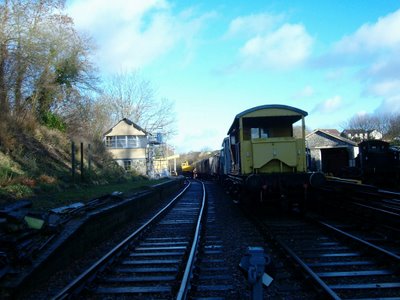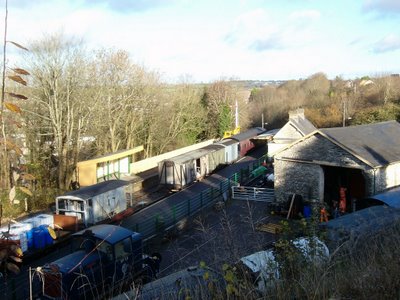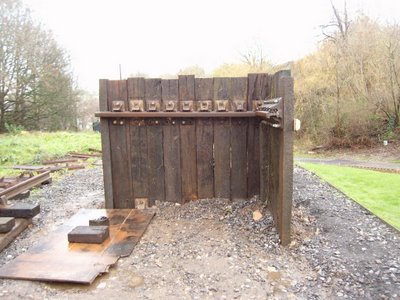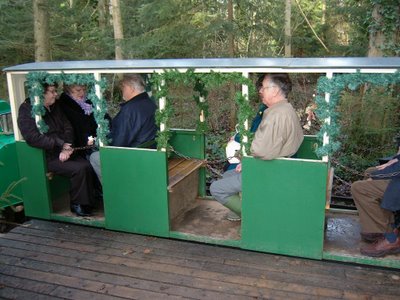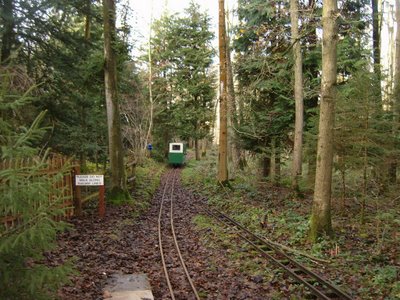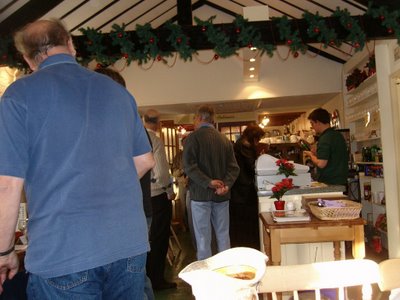 Rail preservation has happened in three distinct stages.
Rail preservation has happened in three distinct stages.In the early days (1950-1965) there was still steam on the national network, so the first schemes had to be quite original to get visitors. The Talyllyn was narrow gauge as was the Festiniog. The Middleton Railway claimed to be the world's first line, the Bluebell grabbed historic locos and vehicles to give it its unique selling point (USP).
As we reached the end of BR steam lines no longer needed the same sort of USP - a commitment to restoring a closed line and running it with steam was enough. The second wave lines (1965-1980) were usually branch lines or sections of main line bought from BR, track intact.
The third wave of preservation is very different from the first two. Most lines are being rebuilt on empty track beds, stations being rebuilt from rubble, and the lines themselves are usually lines of particular interest to the enthusiast (but with tourist potential). Had the preservation movement been more mature at the start it is these third generation lines that would have been the first wave - Welsh Highland, Ashover, Lynton & Barnstaple, Glos & Warks, Southwold, WCPR, Glyn Valley Tramway and, of course, the S&D.
The first wave was distinctly amateur, I can imagine the first preservationists being brought up on Boys' Own, Meccano Magazine and classical music. The second wave were more Railway Magazine, flares and disco music. The third wave are professional, internet-savvy and into Indie and hip-hop.
The first wave created the idea of rail preservation and probably had the hardest job of all. But once established they opened the door to the second wave, still with plenty of choice thanks to Beeching and Castle, and latching on to the tourist industry. The third wave are more visionary, using clever marketing and modern communication technology to spread the idea, to make once 'impossible' schemes quickly become viable. They are uniting heritage and real transport needs as the world runs out of cheap energy. Most third generation lines are promoted as 'real' transport links, often using exotic fuel, echoing the novelty approach of the first wave lines. Many second wave lines are also morphing into real transport links, especially those on lines that should never have closed (Swanage, Alresford, Minehead etc)
There will be a fourth wave as we approach climate breakdown and the end of oil; new lines with little or no heritage input, filling primarily a transport need as cars, buses and lorries vanish from our crumbling roads. They will still have railway 'enthusiasts' as their promoters in many cases, but they'll be hard-headed businesspeople first and foremost. Many lines will be rebuilds of former routes, but others will be completely new, using heavy and light rail technology to keep the country moving.
The S&D will bridge the third and fourth waves, starting as a small heritage set up and finishing as a large multi-modal transport corridor carrying freight, passengers and tourists in the post-road world, using fuels no more exotic than wood and sunlight/wind power, employing hundreds and serving the community again after what will, in a historic perspective, seem like a small rail-less break when the world went mad for a generation or two.



